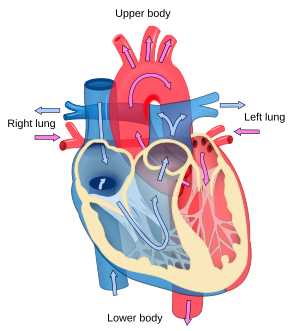
Researchers at Brown University have used carbon nanotubes to create a patch that can regenerate heart tissue in the lab, according to a report in Technology Review. The patch is formed of chains of carbon atoms that fold onto themselves to create a tube that is capable of conducting electricity and mimics the surface of natural tissue.
The research may prove valuable because it could lead to a way to repair tissue that has been damaged during a heart attack. Once heart tissue is damaged, it contributes to a disrupted heart rhythm, further weaking the heart, and regenerating tissue could halt this process.
The report shared insights from researcher Thomas Webster, an associate professor of engineering and orthopedics at Brown and senior author of the study:
[This work] is distinctive because [Webster] examined not just the muscle cells that beat, but also the nerve cells that help them contract and the endothelial cells that line the blood vessels leading to and from the heart. The fact that the patch helped regenerate all three types of cells, which function interdependently in the heart, suggests the newly grown tissue is similar to normal heart tissue.
Others in the field are expressing great interest in the new technology but also express caution, given that the discovery is still in the lab and has not yet been tested on animals.
Technology Review reports that Webster's team is working on a number of other approaches to repair heart tissue, some of which involve injecting stem cells into a damaged heart or implanting patches of muscle derived stem cells.
The nanotube research was published in the journal Acta Bimaterialia. You can read more in the full article in Technology Review.



